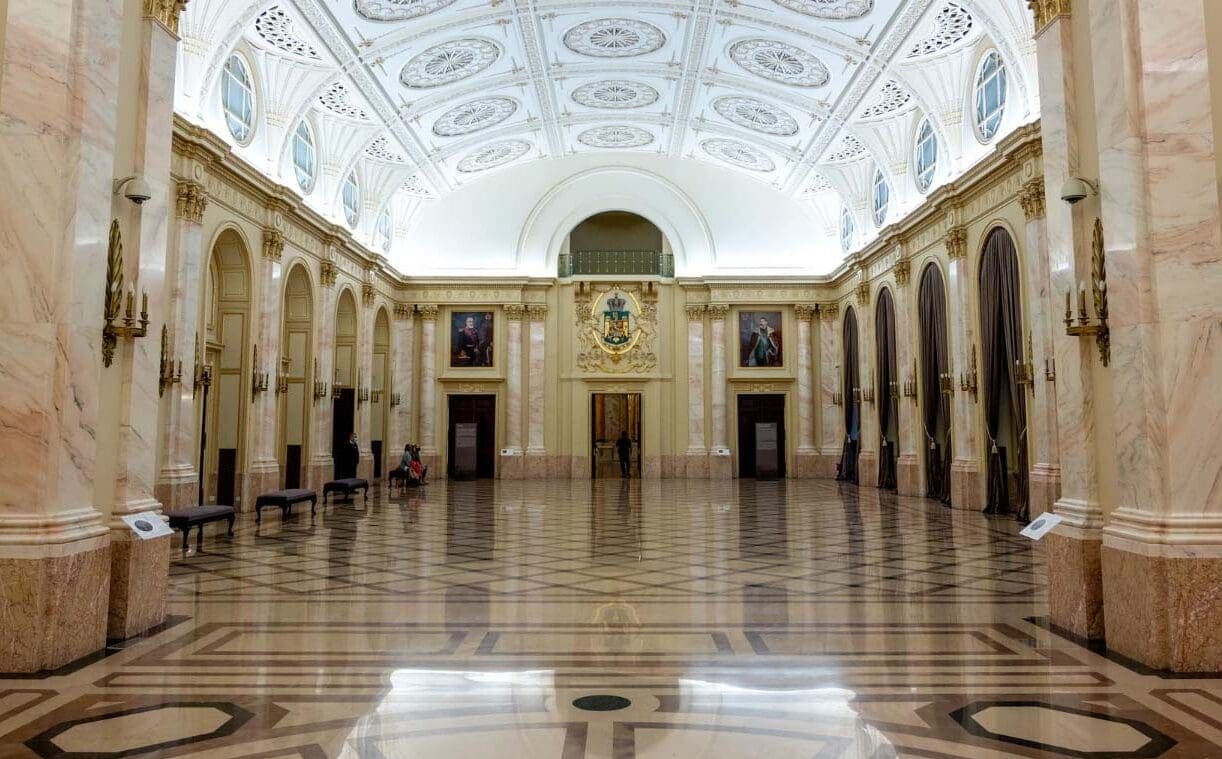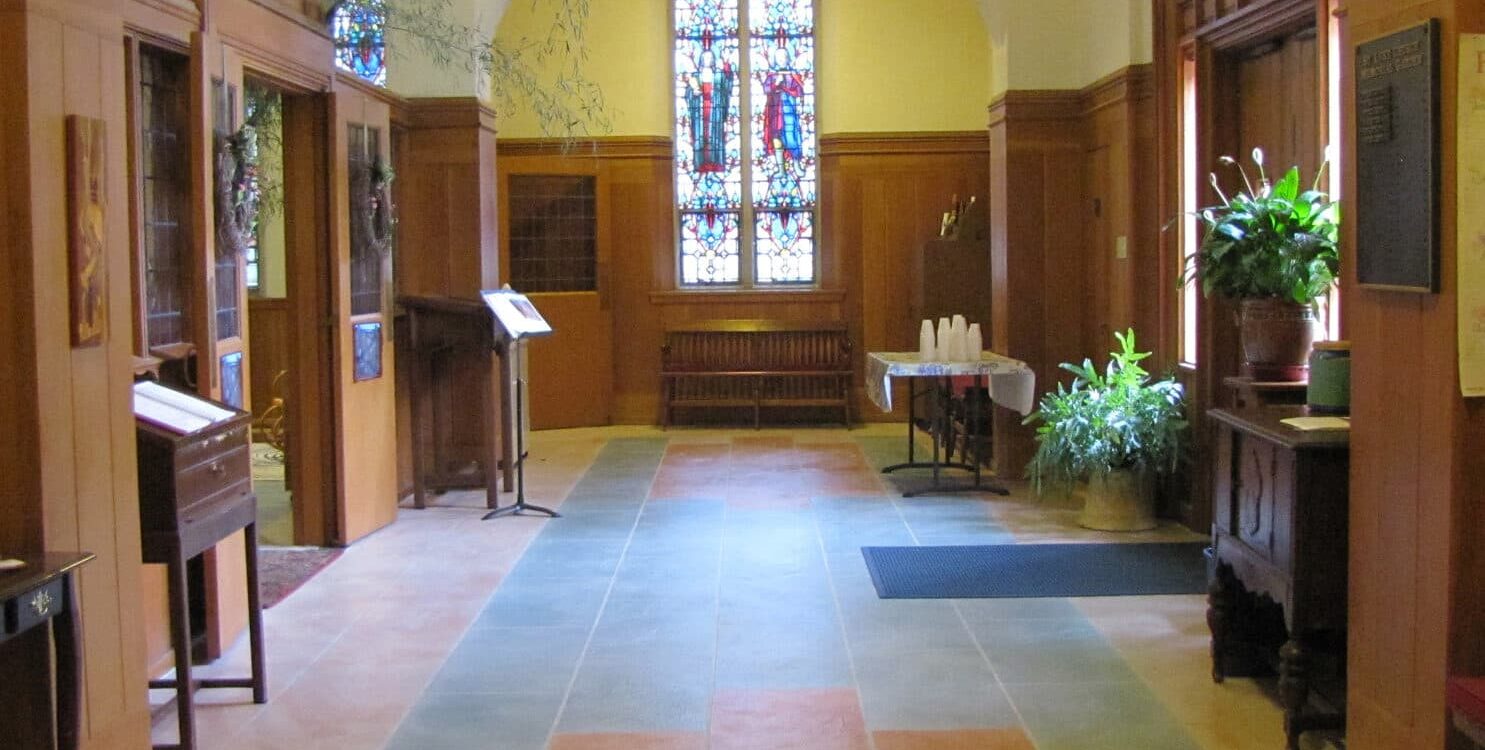Church Floor Sanding Cost: A 2024 UK Price Guide & Key Factors
Budgeting for a church floor restoration can feel daunting. As specialists in church floor sanding across the UK, we believe in complete transparency. The most common question we receive is, “How much does it cost?” The honest answer is that it varies, but understanding the factors that influence the price will empower you to plan effectively and secure accurate quotes.
This guide will break down the key cost factors for church floor sanding and restoration in 2024, providing you with a realistic price range and the knowledge you need to make an informed decision for your place of worship.
Get Your Free, No-Obligation Quote Tailored to Your Church
The Short Answer: What’s the Price Range?
For a standard wooden church hall or nave floor, you can expect a broad starting range. However, for a more accurate estimate, the following factors must be considered.
| Project Scale | Typical Size | Estimated Cost Range (Wood) | Key Inclusions |
|---|---|---|---|
| Small Chapel / Vestry | 20-40 m² | £800 – £2,000 | Dust-free sanding, basic repairs, 2-3 coats of varnish/oil. |
| Medium Church Hall | 60-100 m² | £2,000 – £4,500 | Comprehensive dust-free sanding, repair of squeaks/splinters, durable commercial finish. |
| Large Nave / Main Hall | 120-200 m²+ | £4,500 – £9,000+ | Full restoration, extensive repairs, high-spec dust containment, multiple finish coats. |
Please note: These are estimates. Marble floor restoration is typically priced per square metre and can range from £40 – £100+ per m² depending on the condition and desired finish (polishing vs. crystallisation).

The 5 Key Factors That Determine Your Final Cost
Understanding these variables will help you see why one church pays £2,500 and another £7,000 for a similarly sized space.
1. Floor Size & Layout (m²)
This is the most obvious factor. Larger areas require more materials, labour, and time. However, complex layouts with many corners, pillars, and fitted pews can increase the time required compared to a simple, open hall.
2. Material Type: Wood vs. Marble
-
Wooden Floors: Generally priced per square metre, with the final cost influenced by the factors below.
-
Marble & Stone Floors: Often require more specialised equipment and compounds. Restoration is a skilled craft, and costs reflect the expertise needed to handle polishing, honing, and stain removal without causing damage.
3. Current Floor Condition
This is a major cost driver. A well-maintained floor needing only a light sand and refinish will cost significantly less than one requiring extensive repairs.
-
Low Cost (Good Condition): Surface wear, minor scratches, dull finish.
-
Medium Cost (Fair Condition): Deeper scratches, minor stains, a few squeaky boards.
-
High Cost (Poor Condition): Deep stains, water damage, widespread squeaks, splintering, rot, or missing floorboards/parquet blocks.
4. The Scope of Repairs Needed
Repairs are labour-intensive and add to the project cost.
-
Basic: Filling small gaps, securing minor squeaks.
-
Intermediate: Replacing several damaged floorboards, more extensive sub-floor work.
-
Advanced: Custom-matching and replacing historic parquet, major structural levelling, or intricate marble crack repair.
5. Your Choice of Finish
The final protective coating has varying costs and lifespans.
-
Hardwearing Varnish/Lacquer: A popular, cost-effective option for high-traffic areas like church halls. Creates a very durable, protective shell.
-
Natural Oils & Hardwax Oils: Often a premium option. Provides a more natural look and allows for easier spot repairs, but may require more frequent maintenance than varnish.
-
Marble Crystallisation: A premium process that creates an extremely hard, glossy, and durable surface, more expensive than standard polishing but longer-lasting.
The Hidden Value: Why Professional Sanding is an Investment, Not a Cost
It’s easy to see only the initial price. Consider the long-term value a professional restoration provides:
-
Safety: Eliminates trip hazards from splinters and uneven boards, reducing liability.
-
Longevity: Proper sanding and a quality finish can protect your floor for 15-20 years before needing major work again, far outlasting a superficial clean.
-
Preservation of Asset: For wood, it removes decades of grime; for marble, it prevents degradation. You are maintaining a valuable part of your building’s fabric.
-
Enhanced Space: A bright, clean, beautiful floor improves the entire atmosphere of your church, making it more welcoming for your congregation and community.
FAQs: Church Floor Sanding Costs
Q: Do you offer free quotes?
A: Yes, we always provide a free, no-obligation site survey and quote. This is the only way to give you an accurate price, as we can assess all the factors listed above in person.
Q: Is dust-free sanding more expensive?
A: There can be a small premium for the advanced equipment, but when you factor in the saved costs of a full-scale, post-job deep clean of your entire church interior (pews, organs, etc.), it represents excellent value and is non-negotiable for most modern churches.
Q: Can we phase the work to manage costs?
A: Absolutely. Many churches choose to restore the nave one year and the halls the next. We can create a phased plan that aligns with your budget and fundraising efforts.
Q: Why are quotes from different companies so variable?
A: A very low quote can be a red flag. It may mean the company uses outdated, dusty methods, lacks insurance, uses low-quality finishes that won’t last, or has underestimated the repair work. Always ensure you are comparing like-for-like services.
Ready for a Transparent Quote?
We hope this guide demystifies the costs involved in church floor restoration. The next step is to turn estimates into an exact price for your specific building.
Contact us today for a free, on-site survey. We’ll measure your space, assess its condition, discuss your goals, and provide a detailed, fixed-price quotation with no hidden fees. Let us help you invest wisely in the future of your sacred spaces.
